Monday, 15 May 2017
Crossing Boundaries- Creating Connections
Week 31

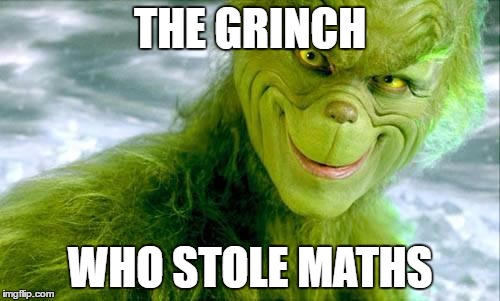
Polymath
I feel like I’ve been harping on about the same thing with most of my blogs: if you don’t personally embody change and development, your teacher practice will be inauthentic. What do you think? It’s a tough ask: to be challenged about social media, cultural responsiveness, how you conduct yourself, how you relate to others. There’s a lot to be challenged about as a person in order for you to be an effective teacher.
I’m a High School Maths teacher and luckily I incorporate an interdisciplinary approach because I used to be a Chemistry teacher. We all have different backgrounds and I believe it adds to our teaching practice. For me, I feel hypocritical if I’m not practicing what I teach in the real world - I’m using and experimenting with mathematical models outside the classroom and if we are to utilise an interdisciplinary approach in our teaching, I believe we’d need to at least try it out and experiment in our lives first. And since we can’t know everything, working with people especially those who have different backgrounds can link certain things together, you otherwise wouldn’t (American Association of Colleges of Nursing, 2016).
For Maths:
- Physics - all of it.
- Chemistry - reaction rates, mathematical rules for chemical patterns
- Biology - population distribution
- History - how discoveries were made, how discoveries impacted math
- English - Reports, understanding word problems
- Business - Decision making and uncertainty, mathematical models
- Art and music - Patterns, formulae
- P.E - tracking, planning, coordinating groups
Strangely, I’ve been exploring using maths with P.E. I’ve been experimenting creating a maths curriculum around rugby. I have a senior lower ability class who struggle with engagement but love sports. Almost all our topics could be coordinated into a rugby themed year! While not strictly working with P.E, they could provide support about background information.
Our school has been working to collaborate junior maths with science to varying degrees of success. I’ve found the best fields have been statistics and measurement. There’s plenty to improve on here. As ACRLog (2016) has noted, many go into collaborative interdisciplinary projects without the first ounce of training how to do so effectively. A common goal, a suitable communication system and environment to work together and workable, teachable attitudes seems to be the key requirements. At the moment, we have a good attitude with our team, but little direction from management about the common goal, nor adequate environmental support. So where to from there?
But I also have to be a bit of a grinch.
In Maths Education circles, they have found maths education goals bifurcate into practical maths and specialised maths (Sullivan, 2011). If we press too hard for application (and I love application), students fail to transfer those skills to other problem types and this in fact encourages them NOT to think interdisciplinary because they haven’t struggled with the topic abstractly enough to apply it to multiple fields.
Interesting paradox.
Interesting paradox.
REFERENCES
ACRLog. (2015). A Conceptual Model for Interdisciplinary Collaboration. Retrieved from http://acrlog.org/2015/05/14/a-conceptual-model-for-interdisciplinary-collaboration
American Association of Colleges of Nursing.(2016). Interdisciplinary Education and Practice. Retrieved from http://www.aacn.nche.edu/publications/position/interdisciplinary-education-and-practice
JP (2017, May 1). Higher Education - Ultra Spiritual Life episode 58 [Video file]. Retrieved from https://www.youtube.com/watch?v=8utmmWoBSBY
Sullivan, P. (2011). Teaching mathematics: Using research-informed strategies. Retrieved from https://research.acer.edu.au/cgi/viewcontent.cgi?article=1022&context=aer
Sullivan, P. (2011). Teaching mathematics: Using research-informed strategies. Retrieved from https://research.acer.edu.au/cgi/viewcontent.cgi?article=1022&context=aer
Professional Social Online Networks
Week 30
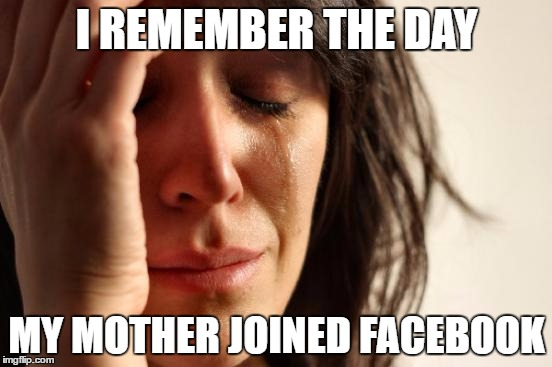
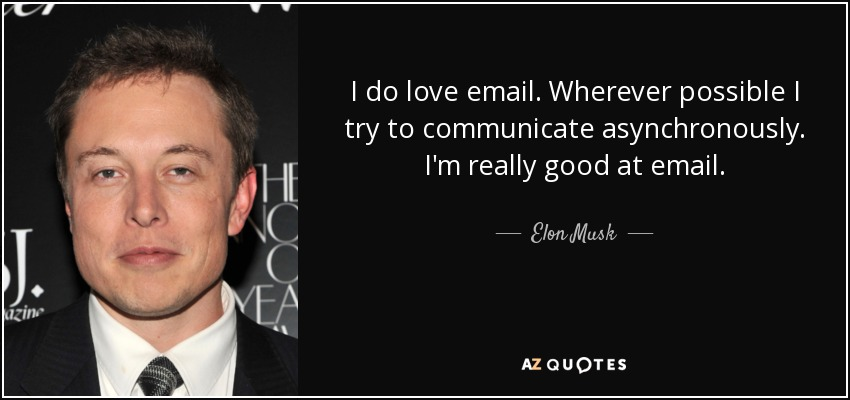
THIS WEEK’S ASSESSMENT ACTIVITY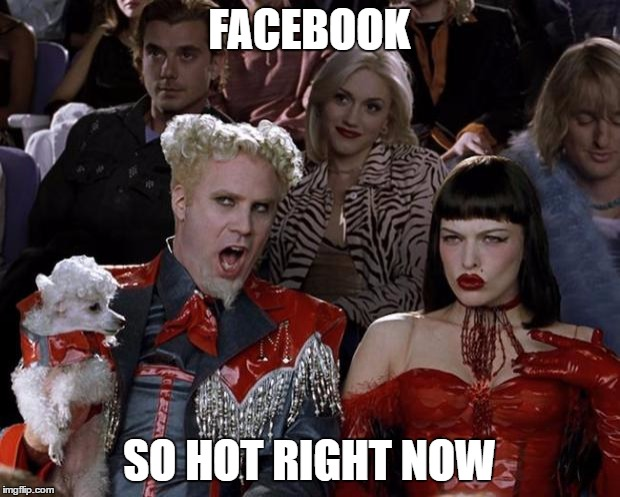
Boyd and Ellison (2007) define social media as a web-based medium where a user can have a public or semi public profile where they share a connection with other users in which they can see how other people are connected. This community can be a range from familial to professional.
There was a cognitive shift from when I used facebook to when my parents adopted it. I now use facebook as an event planner and group discussion as opposed to receiving events via email or text and receiving group text messages. I’ve tried it to a more fuller extent but I don’t feel the need to extend my social profile, nor do I feel the need to share my feelings and findings to everyone.
Contrary to the above description, I do use social media in the classroom, though it is heavily limited to classroom based activities: Google classroom. It has a newsfeed of updates where students can comment, post items and discuss parts of the class. If our school didn’t have Google classroom, I’d experiment with more. I’m sure certain people resound to certain mediums and that’s great. What’s important is that we’ve tried these mediums, whether it be personally or professionally so we can assess whether it has a use in the class. Though I think we should try lots of new things, I tend to be risk averse when it comes to that work-life balances which stretches out to professional and public digital profiles. It’s encouraging to see the Teacher Council Video (2012) pointing out the need of safety and using social media for a purpose. At the end of the day, my time is important and I make sure I am available during school time. I don’t want to be any more available than I already am and now there seems to be further expectation about my availability after-hours. As Elon Musk quotes: “I really do love email. Wherever possible I try to communicate asynchronously”
The things I like about social media used in the classroom:
- Notices
- Information sharing
- Ability to discuss
- Inclusivity - people who miss class or do not understand something can catch up at their own pace
- Feedback about content and classroom environment.
- Not limited to space or time
Melhuish (2013) defines this as affordance: what you can use to achieve your goals on a social media platform. All of these reasons are accentuated due to notifications students get. I can imagine that facebook would guarantee students read notifications even more.
From a lazy/efficient perspective I’d encourage you to consider:

- What’s the best way to relay and receive information?
- How can communication channels be open for all students to use?
- What are the tradeoffs for platforms which require upkeep and content management? What mediums require the least extra effort for maximum gains (sounds like a lazy person's inquiry about exercise)?
If you find another means which is not social media, I’d be keen to hear about it.
REFERENCE LIST
Ellison, N. B. (2007). Social network sites: Definition, history, and scholarship. Journal of Computer‐Mediated Communication, 13(1), 210-230.
Melhuish, K.(2013). Online social networking and its impact on New Zealand educators’ professional learning. Master Thesis. The University of Waikato. Retrieved on 05 May, 2015 from http://researchcommons.waikato.ac.nz/bitstream/han...
New Zealand Teachers Council.(2012). Establishing safeguards.[video file]. Retrieved from https://vimeo.com/49216520
Law & Ethics Influence on Professional Context
It seems unusual that my take on education and ethics module is: Work-life balance.
This is hard. Teaching is one of those jobs where it’s a battle not to take your work home with you every night. Whether it's marking, preparation, reports or just thinking about how you dealt with students and staff or what you will need to do the next day.
Separating personal from private.
From reading many ethical scenarios (CTEMP, 2012), a lot of the issues are when the boundaries are merged. When your personal self (space, time) is invaded by your work, it can be difficult to put your professional hat on - it would be easy to let your guard down on this (Hall, 2001).
What if I want to walk to the dairy barefoot and in stubbies?
It’s part of the job that I’m aware of students or parents seeing me. Consequently publicly (not just at school) I feel obligated to act the teacher. Perhaps it's an issue of authenticity, but I find there's not that much of a continuity error between my professional self and my public self in general. It would be challenging if this wasn't the case.
(I'm a jandal and shorts guy anyway)
And “seeing” is a key word
And “seeing” is a key word
PERCEPTION
A lot of the scenarios may be harmless BUT what about how they look for others? Remember, there is a power differential - not just by authority of the school, but age as well. With technology and social media, we can be viewed and dissected so much more (Hall, 2001).
How can this scenario look from another perception?
I don’t know if we can control the behaviour of those “professionals” who let the profession down, but I do think we have an obligation to put ourselves, without a doubt, out of situations where we can perceived like some of those who have breached professional boundaries. As a guy, any interactions I have with students, I want to be as open and public as possible.
JE SUIS UN MARTYR
I think for a lot of us, we are more likely to be in trouble because we were trying to do something good than bad.
- A student is struggling
- Someone is getting picked on
- A student doesn’t have a ride back from the game (this happened to me last week)
These personal moments, have to be within professional boundaries. While being sensitive to the issue, I don’t think it is ever a good idea to keep it a private issue.
When a student couldn’t get a ride home, he borrowed my phone to call his parents - maybe this itself is ethical. They asked if it was alright if I could drop him back off at school. Now I felt comfortable dropping him off, the parents knew and they had my contact number if there was a concern.
So who is the number one stakeholder you have to be concerned about?
YOU
You can do a lot more good by putting some boundaries up, so you can do what you do without being bogged down in complaints or matters much worse.
References
Connecticut’s Teacher Education and Mentoring Program. (2012). Ethical and Professional Dilemmas for Educators: Facilitator’s Guide. Retrieved from http://www.ctteam.org/df/resources/Module5_Manual....
Hall, A. (2001). What ought I to do, all things considered? An approach to the exploration of ethical problems by teachers. Paper presented at the IIPE Conference, Brisbane. Retrieved from http://www.educationalleaders.govt.nz/Culture/Developing-leaders/What-Ought-I-to-Do-All-Things-Considered-An-Approach-to-the-Exploration-of-Ethical-Problems-by-Teachers
Indigenous Knowledge and Cultural Responsiveness
Week 29


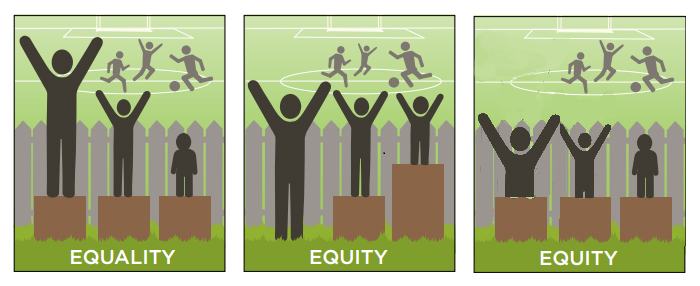

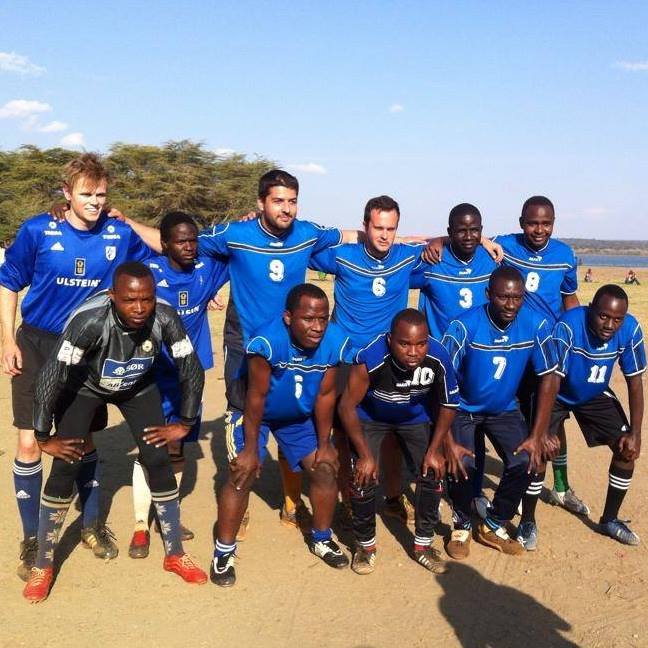
Gay,G. (2002). Preparing for culturally responsive teaching. Journal of Teacher Education, 53(2),106-116.
Savage, C., Hindle, R., Meyer, L. H., Hynds, A., Penetito, W., & Sleeter, C. E. (2011). Culturally responsive pedagogies in the classroom: Indigenous student experiences across the curriculum. Asia-Pacific Journal of Teacher Education, 39(3), 183-198.
Authenticity and Cultural Responsiveness
I’ve had a deep appreciation for New Zealand and it’s culture. Maybe because I came from another one. New Zealand is unique and part of the identity of New Zealand is Maori; the language and the people. To say otherwise would be false. Not only are we global citizens, we are also New Zealand citizens. It is important to not just acknowledge the history of New Zealand by also be responsive to it.
This topic challenges me. I’m a senior mathematics teacher. Mathematics at this stage seems fairly acultural, but the environment may have implicit and explicit cultural factors.
Yawn. Maths
Here's a quick lesson for you: Mutual Independence is when the probability of both events occurring is equivalent to finding one event occurring to that one group.
Here's a quick lesson for you: Mutual Independence is when the probability of both events occurring is equivalent to finding one event occurring to that one group.
P(Fail AND Maori) = P(Fail)P(Maori)
This equation should indicate that the chance of Maori failing should be the same as any other group failing. This is not so, there is educational disparity and this requires correction (Savage, 2011). This is where responsiveness to any culture or group needs to happen. Bishop (2012) calls to demolish these barriers, in order to empower and create agency for Maori learners.
THIS MIGHT NOT BE POPULAR
I would measure my cultural responsiveness with this framework.

CULTURAL Culturally Excludes Does Not Culturally Exclude
RESPONSIVENESS Others Others
Provides Cultural
Environment to Thrive A B
Does Not Provide Cultural C D
Environment to Thrive
RESPONSIVENESS Others Others
Provides Cultural
Environment to Thrive A B
Does Not Provide Cultural C D
Environment to Thrive
Cultural responsiveness seems pretty tricky and because of it’s complexity I err on the side of risk-averse actions - I don’t want to culturally exclude others. I think having too much a focus on one group without being responsive to other groups is irresponsible so I’m on a journey I can hopefully state is between state D and B - I want to be in a position to utilise experience and culture to enhance my classroom setting (Gay, 2002).
I don’t want this third scenario to be in my classroom.
TOURISM AND TEACHING
Saying that, I’m truly interested in the Maori culture, and continually developing my Reo and understanding of Tikanga Maori. With any culture, having a positive teacher relationship is essential (Te Ako). Knowing things about the students and actually being interested is a positive step (Savage, 2011). Ultimately our role has to be transformative and more than just paying lip-service. It’s a tough ask, you, as a human have to be culturally responsive, not just you as a teacher. Students know if you put on fake charm - if you say “Haere mai”, “Ka kite” but you don’t say this out of the classroom it's obvious. So what’s the logical step?
I have been involved with people groups other than my own. On overseas holidays, I’ve tried not just sight-seeing but getting to know and be part of a group. It is a transforming experience. I haven’t seen Africa from my western world armchair, I have lived with the people, communicated, ate with them, played with them.
Are we tourist teachers? Witnessing from afar or do we get involved? Eating, playing, making mistakes?
REFERENCE LIST
Bishop, R., Berryman, M., Cavanagh, T. & Teddy, L. (2009).Te Kotahitanga: Addressing educational disparities facing Māori students in New Zealand. Teaching and Teacher Education, 25(5),734–742.Gay,G. (2002). Preparing for culturally responsive teaching. Journal of Teacher Education, 53(2),106-116.
Savage, C., Hindle, R., Meyer, L. H., Hynds, A., Penetito, W., & Sleeter, C. E. (2011). Culturally responsive pedagogies in the classroom: Indigenous student experiences across the curriculum. Asia-Pacific Journal of Teacher Education, 39(3), 183-198.
Subscribe to:
Comments (Atom)